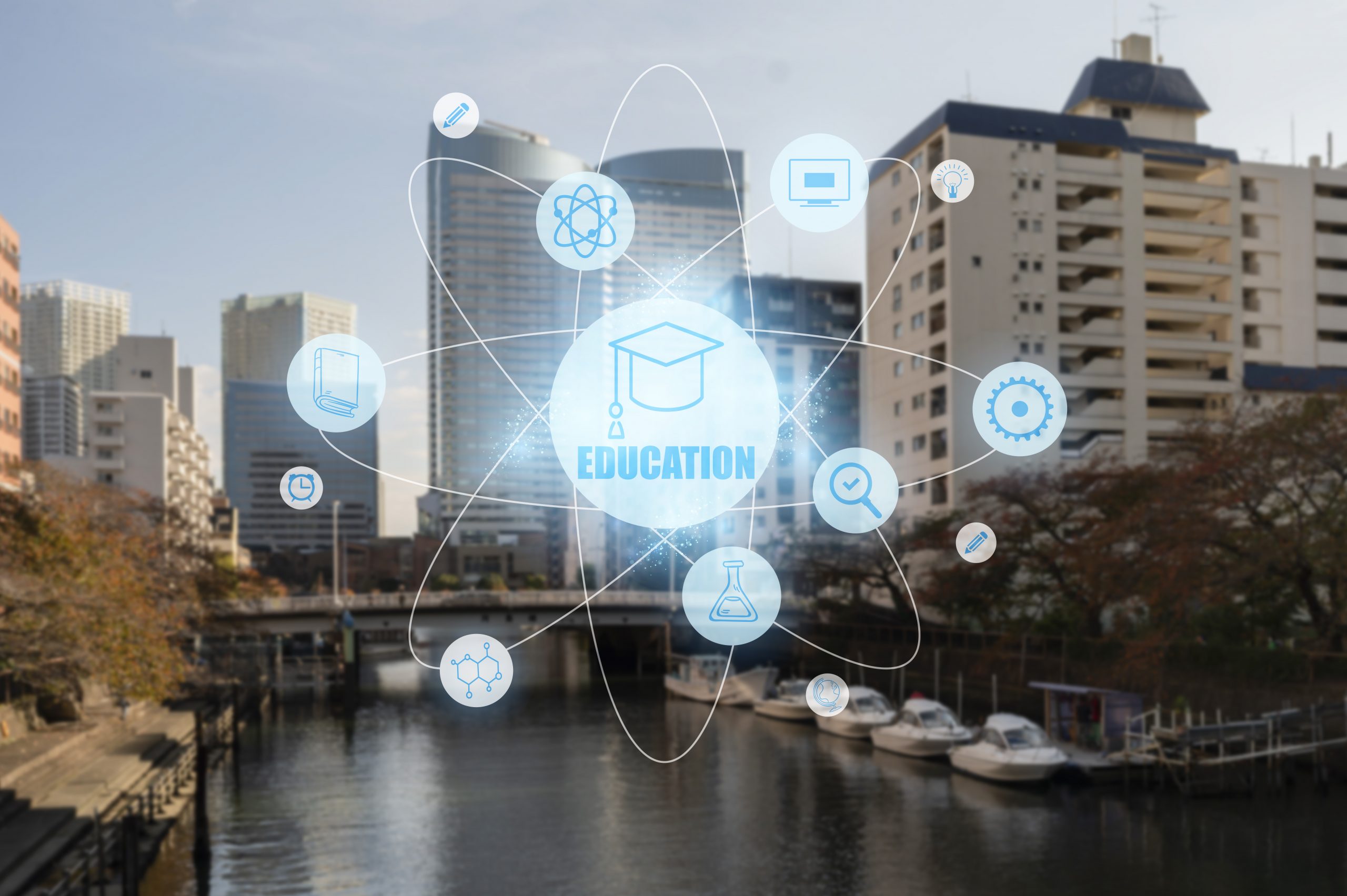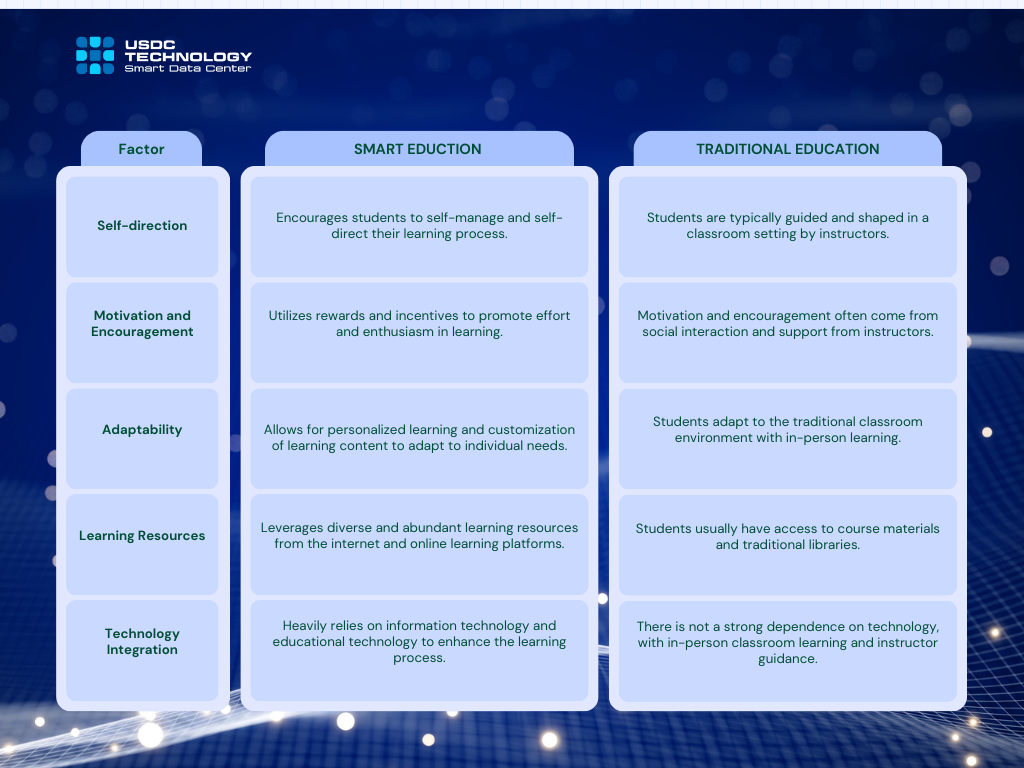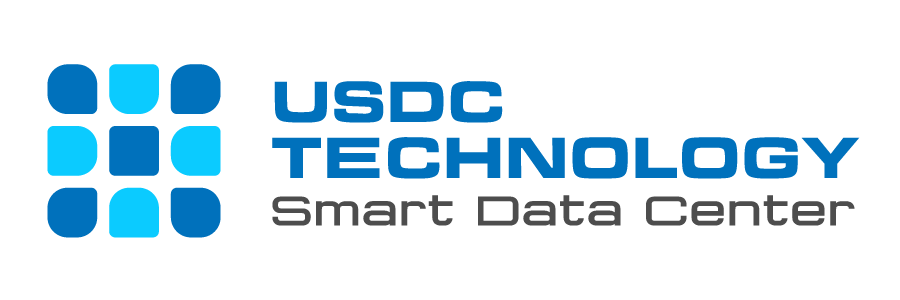Smart cities, Smart Homes, Smart Agriculture, Smart Education, Smart Healthcare, Smart Transportation – the list goes on in a constantly evolving global landscape shaped by rapid technological advances and diverse transformative influences, where everyone seems to be eager to slap the label “SMART” on anything and everything, we can’t help but wonder if we’re drowning in a sea of overconfidence. The term “Smart” has become ubiquitous in the mission and vision statements of companies across all industries. When every business is “Smart,” who’s actually smart anymore? It’s become a buzzword thrown around so casually that it’s lost its meaning. What is “Smart” Education and apart from its technological foundation: Data center, IoT, Cloud Technology.
In this context, being “SMART” often involves leveraging information technology and artificial intelligence (AI) to create systems and processes that are more intelligent and efficient. Misinterpreting the essence of being “Smart” can have significant consequences, such as failing to meet genuine user or societal needs, wasting valuable resources, mishandling personal information, and more.

Therefore, in this article, we aim to provide a more objective perspective on the concept of “Smart” Education and its technological foundation: Data center, IoT, Cloud Technology. If you are involved in the field of education, this exploration will undoubtedly be of interest to you.
Let’s dive in
Table of contents
I.Defining Smart Education vs. Traditional Education
II.4 Common Mistakes in Smart Education: Leading to Student Disengagement and Parental Concerns
III.True essence of Smart Education
IV. IoT, Data center, Cloud Technology: The Technological Foundation of Smart Education
I. Defining Smart Education vs. Traditional Education
But first, let us walk you through the basic definition of Smart Education and Traditional Education
Smart Education
Often abbreviated as “Smart Ed,” is not a random concept but is built upon five crucial elements to ensure a successful and effective learning process. These elements include self-direction, motivation, adaptability, diverse learning resources, and technology integration. Smart Education goes beyond just incorporating technology into teaching; it’s a sophisticated educational system grounded in advanced information technology, designed to address fundamental changes in the education system.
Traditional Education
In contrast, traditional education refers to the teaching and learning methods used in conventional classroom settings, where instructors and textbooks play a pivotal role. Traditional education relies less heavily on technology, with face-to-face classes led by instructors. Students are typically shaped and guided within the traditional classroom environment, with social interaction and instructor support being vital components of the learning process.

II. 4 Common Mistakes in Smart Education: Leading to Student Disengagement and Parental Concerns

1. Unrealistically expectations for immediate results on Smart Education
Mistaken belief: Smart Education will lead to an instant and dramatic improvement in students’ academic performance. This misconception can have significant implications for educational institutions, as it can lead to a loss of trust and financial repercussions. Many people assume that introducing Smart Education technologies, such as digital learning platforms and data-driven teaching methods, will lead to an immediate and substantial boost in students’ grades and overall academic achievements.
In fact: However, data from educational research and case studies often show that the impact of Smart Education on academic performance is not immediate. For instance, a study conducted by De Barros 2022 (1) found that it took an average of two academic years for schools to see significant improvements in standardized test scores after implementing Smart Education initiatives.
Unwanted Consequences:When the anticipated instant improvements do not materialize, parents and students may become disappointed and lose confidence in the effectiveness of Smart Education.
Correct mindset: It is essential to set realistic expectations, provide proper training and support for educators and students, and communicate the long-term benefits of Smart Education to avoid premature disappointment and maintain trust in the educational system.
2. Weak data security and privacy in IoT platform
Mistaken belief: In some instances, there might be an assumption that IoT devices used in Smart Education automatically guarantee the secure collection and handling of student data, overlooking potential vulnerabilities.
In fact: While IoT devices are frequently employed to enrich interactive learning experiences, they have the capacity to gather sensitive student data. If IoT platforms do not possess strong security measures, the risk of data breaches increases significantly, potentially resulting in the exposure of personal information. Such incidents can have a profoundly detrimental impact on the trustworthiness of Smart Education systems.
Unwanted Consequences: When weak data security measures are in place and data breaches occur, it can result in the compromise of personal information, potentially leading to identity theft or other harmful consequences for students. Moreover, such incidents can erode trust in Smart Education systems, causing parents and students to question the safety of their data and their overall security while using IoT-enabled educational tools.
Beyond the loss of trust, data breaches can also have financial repercussions for educational institutions: legal penalties, costs associated with addressing the breach, and potential lawsuits from affected parties, further impacting their financial stability.
A recent study by Yu 2021 (2) revealed that there was a 30% increase in cyberattacks on educational IoT systems in the past year, primarily due to weak security measures.
Correct mindset: To mitigate these risks, educational institutions must prioritize robust security measures and transparent data handling practices, reinforcing the importance of data privacy and security within the educational community.
3. Subpar learning content hosted on cloud platforms
While the convenience of cloud storage is undeniable, if the educational content is subpar or outdated, it can dissuade students from actively engaging with the material. Trust in Smart Education can erode when students and parents perceive that the learning resources fail to meet their educational needs and expectations
Mistaken belief: Some stakeholders may mistakenly assume that merely hosting educational content on cloud platforms guarantees its quality and relevance, overlooking the importance of regularly updating and curating this content.
In fact: Research on student engagement often shows a strong correlation between content quality and learning outcomes. For instance, a study on “Students’ performance in interactive environments: an intelligent model” (3) found that students who have access to high-quality, interactive learning content on cloud platforms tend to perform better academically compared to those with access to less engaging materials.
Unwanted Consequences: When students and parents encounter subpar learning content on cloud platforms, it can lead to decreased motivation to engage with the material. Students may become disinterested, and parents might perceive the educational experience as inadequate resulting in decreased enrollment and student retention rates, may experience a decline in revenue.
Correct mindset: Educational institutions must regularly evaluate and update their content to ensure it meets the needs and expectations of students and parents, ultimately fostering trust and engagement in the Smart Education ecosystem, leveraging cloud-based solution smartly . Seeking expert advice for your institution is the vital step toward success.
4. Limited transparency in data usage
This paragraph addresses the issue of educational institutions failing to provide clear information about how student data is collected, stored, and utilized within data center and cloud-based systems, which can result in mistrust.
Mistaken belief: An assumption that educational institutions handle student data responsibly and transparently without considering the need for clear communication and consent regarding data usage.
In fact: Numerous studies have demonstrated that transparency in data handling can significantly impact trust. For instance, research by Privacy and Data Ethics Research Institute (4) indicates that individuals are more likely to trust institutions that provide clear and comprehensive explanations of their data usage practices.
Consider a scenario where a school implements a sophisticated data analytics system to track student performance. However, it does not clearly communicate to students and parents how the data is collected, how it will be used, and what safeguards are in place to protect privacy.
Unwanted consequences: When educational institutions lack transparency regarding data usage, it can lead to concerns about potential misuse of student data. Students and parents may worry that their personal information might be utilized for purposes beyond education, such as marketing or profiling. Mistrust regarding data usage can result in declining enrollment or withdrawal of students, impacting the institution’s revenue and financial stability.
Correct mindset: Limited transparency in data usage and inadequate backup and data recovery planning are critical issues in Smart Education that can have profound trust and financial implications. To address these concerns, institutions should prioritize clear communication about data usage, obtain informed consent, and develop robust backup and recovery strategies to safeguard valuable educational data and maintain trust in Smart Education systems.
III. True Essence of Smart Education

What is actually Smart Education
At its core, Smart Education thrives in its dynamic and adaptable learning ecosystem
For educators, it offers a treasure trove of insights derived from data analytics and real-time feedback. This enables instructors to tailor their teaching methods to the individual needs and learning styles of each student. The result is a more personalized and engaging educational experience that fosters student success.
For students, Smart Education opens doors to a world of possibilities. It embraces technology as an ally in the pursuit of knowledge, providing access to a vast array of learning resources, interactive tools, and collaborative platforms. Learning becomes a fluid, flexible, and inclusive journey, where students can explore, experiment, and excel at their own pace.
For parents, Smart Education provides peace of mind through transparency, real-time progress updates, and stronger collaboration with educators for student success
In essence, Smart Education empowers all stakeholders to realize the full potential of education. It harnesses technology as an enabler, a catalyst for innovation, and a bridge to a brighter future. It’s not just about bringing classrooms into the digital age; it’s about revolutionizing the way we teach, learn, and grow as individuals and as a society. It’s about making education not only smarter but truly transformative.
IV. IoT, Data center, Cloud Technology: The Technological Foundation of Smart Education
Let’s just go through the nuts and bolts of Smart Education together, so we’re on the same page and can steer clear of those misconceptions we talked about
- Internet of Things (IoT): In the realm of Smart Education, IoT devices like smartboards, tablets, and wearables are integral. These devices gather valuable data regarding student behaviors, engagement levels, and learning preferences. For instance, smart classroom sensors can track peak student attentiveness, allowing educators to fine-tune lesson plans.
- Data Centers: The data generated by IoT devices necessitates a robust infrastructure for secure storage and processing. Data Centers serve as the backbone of Smart Education, offering the capacity to securely store vast amounts of information. They enable real-time analysis of student performance and assist institutions in making data-informed decisions to enhance the learning experience.
- Cloud Technology: The Cloud provides the scalability and accessibility that traditional educational environments often lack. Smart Education harnesses cloud computing to establish virtual classrooms, store educational materials, and facilitate collaboration among students and educators. Through the Cloud, students gain the ability to access their coursework from anywhere, promoting flexibility in the learning process.
Sources:
(1) Ganimian, Alejandro J., Emiliana Vegas, and Frederick M. Hess. “Unlocking the Potential of Education Technology: Improving Learning for All.”
(2) 2021, “A Comprehensive Review Study of Cyber-Attacks and Cybersecurity: Emerging Trends and Recent Developments.”
(3) 2023 “Students’ Performance in Interactive Environments: An Intelligent Model.”
(4) 2022 “The Ethics of Privacy in Research and Design: Principles, Practices, and Potential Impact.”


